To prepare your car for paint, you'll need to sand away the old finish and add a few coats of primer. If you're only touching up a small patch, use a sanding block, but if you're painting the whole car, you'll want to use an electric sander. Buff the surface in small circles until you can't see any shiny patches or lines. Then, wipe away the debris left over from sanding with a clean, wet rag.
Once the car's clean, cover the areas you don't want to get paint on with masking tape. After you've protected those areas, apply a base coat of automotive primer using a paint sprayer to help the paint adhere. Wait minutes for it to dry, then apply another 1 or 2 coats. Whether you're touching up a couple scratches or looking at a whole new paint job, there are a few important steps to take before you can begin painting a car. Start by building up majorly-damaged spots with a body filler putty and sanding them smooth.
Then, scuff the entire painting surface with a sanding block or orbital sander to remove the old paint and prepare it to accept a fresh coat. Once you've stripped your vehicle, spray on 2-3 coats of a suitable automotive primer, which will help your new paint stick and show it off in all its glory. The more you pay, the better the paint shop's preparation. As you move up the price ladder, shops will remove more trim pieces and items like the head- and taillamps. This ensures the pain will cover sharp bends in the sheetmetal and get into the crevices in the body where the older paint might have shown through. In more expensive paint jobs, the prep will likely also involve sanding off the older paint, fixing exterior damage, and even removing glass.
This adds time and money to the process, which is why something along these lines could cost $5000 or more. Back in the old days, car manufacturers applied what is called a single-stage paint job to their vehicles. These types of paints were thin, fragile, and excessively prone to oxidation (a phenomenon we'll talk about a bit in the section below).
Starting in the 1980s, car manufacturers began using a two-stage painting system; this involves applying first a base coat, then a clear coat on top of it. Two-stage paint is relatively durable and long-lasting, as well as more environmentally friendly. However, it can—and does—deteriorate if not properly cared for.
Having your car professionally repainted can be very expensive. However, a fresh paint job or even simple maintenance to cover and prevent rust doesn't have to be delegated to the nearest auto body shop. Repainting your own vehicle can sound like a daunting task but is one that lies well within your grasp. Single stage finishes (20/20, Polyglo, Supreme) utilize technology that allows the pigment and protective resin to be applied in one single step. There are different qualities of resins, like synthetic enamel, acrylic and urethane, which is why we offer different grades of single stage paint jobs.
We apply the primer sealer coat, then 2-3 coats of paint to achieve both color coverage and gloss in one application. A unified clear coat, which is mixed in to the final coat of paint, is included in the Supreme package. There is no clear coat included with the 20/20 or Polyglo, but they still have a fairly nice shine. A more complete paint job, which includes multiple coats of paint and basic wax, will probably cost $1000 or so for a similar car. If you want a truck painted with high-quality, manufacturer-exclusive paint and a ceramic coating, don't be surprised if the price tag reaches $5000 or higher.
Quality and Paint Preferences Prices can range up to around $1,000 for this type of paintwork. A higher quality paint job that includes bodywork, such as dent/rust/damage repair, can cost as much as $3,500. Multi-coat, high-quality paint jobs can cost as much as $8,000 or more, depending on color and vehicle. Once all the components have been removed, sanding will commence to remove the old paintwork and provide a fresh surface for primer.
Any dents or damage will be fixed at this stage of the respray to ensure the panels are as straight as possible. Once the primer has been applied, the base coat will be sprayed before covering in a layer of clear coat to protect the new paintwork. Google "how much does it cost to repaint a car," and you'll find that there are national chains that charge only a few hundred dollars to paint your car or truck.
This might not be a bad option if you're on a tight budget. But know that there are plenty of potential pitfalls to slapping a cheapo paint job on your car or truck. For starters, the quality of the paint might not match what was originally used on your car. Most newer vehicles, for example, have a clear-coat finish that adds extra work to the repainting process if you want to do it right.
Add some repairs to exterior dings and small dents, and these steps can bump the price from several hundred bucks to well over a thousand. The costs to paint a car vary depending on where the work is done, the size and complexity of the vehicle to be painted, and the quality of the paint job itself. In general, expect to pay anywhere from $300 to upwards of $10,000 for a professional paint job.
The upper end of that price is where we find metal flake, multi-colored, and custom paint jobs, so unless you're prepping your car for a show there's really no need to spend that much. A spray paint job is an inexpensive way to paint a car. Sand the car's surface to create a smooth base for applying the primer, then clean it up.
Make sure you apply multiple coats of primer and top coat to achieve a high quality finish. Wear goggles and masks when spraying paint in a well-ventilated area. Lowball quotes may be for a low-quality paint job or inferior materials.
Rather than removing trim, the painters may simply mask it off, and they may not paint areas that aren't visible. Cheap paint jobs may also have poor taping techniques that will result in overspray on your windows or rubber fixtures. The original paint will be sanded off the panels, any small dents or scrapes will be repaired before a new layer of primer and base coat are applied to the panel.
The final step in the respray process is applying the clear coat, and reassembly if the panels were removed from the vehicle. For an inexpensive paint job, preparation will be minimal, and the shop might not include repairs to rust and door dings. The glass area and other non-painted exterior trim will be covered up before repainting, but that's about it. Just understand what you're paying for, and check to see if there's any kind of warranty on the work.
It's not as simple as using spray paint, masking tape, and a can of Rustoleum. Missing or rushing any of those steps can prove disastrous for your vehicle. An inexpensive paint job is usually cheaper than a car wrap. A higher-quality paint job with multiple coats will cost about the same as a car wrap. If you want a matte finish or a color-shifting paint, painting your car would cost significantly more than wrapping it to achieve the same look. … If you want a matte finish or a color-shifting paint, painting your car would cost significantly more than wrapping it to achieve the same look.
80% of all vehicles we paint are ready in 2-3 business days. You can add a day or two if you have a significant amount of bodywork, need replacement parts, or if your vehicle requires extra preparation to repair existing paint damage. It is not uncommon for customers to drop their car off early one day and have it back by the end of the next business day! It also depends on the work load of the shop at any given time.
It is also not uncommon to have a one week turn around when tax returns go out and our shops fill up with people eager to get that paint job they've been putting off! In these instances, we still accept walk-ins, but prioritize appointments for those who wish to minimize down time by planning ahead. All of our paint jobs include varying degrees of prep work & quality of materials applied.
How Long Will A Repainted Car Last However, extra preparation may be required in order to provide you with a smooth finish and in order to warranty your new paint job. If you plan to strip paint from the car's bodywork, use 1,200-grit paper or sanding pads to quickly remove the clear-coat and paint. To avoid the headache of trying to match the paint you want to apply to the existing paint on the car, you'll need to remove the primer and expose the bare metal.
The paint on older cars may be incompatible with modern water based paints and gel coats. Better to be safe than sorry – do it right and do it once. The simple fact is that paint can't be flawless until it has been detailed. It's worth remembering too, that the vast majority of paint specialists make their living through the sheer volume of jobs they carry out. The detailing side, especially when it comes to refining a whole car, will usually take longer than the earlier prepping and painting stages.
This costs the body shop more, and the bill gets passed to you, it's as simple as that. Base coat clear coat finishes are what car manufacturers' use when building new vehicles since 1985. Base coat - clear coat is also known as a two-stage finish. The first stage of the finish is the color you choose. Once that has dried, clear coat is applied over the base coat.
The clear coat is what provides the gloss and protective layer that contribute to the longevity of the paint job. Base coat - clear coat finishes are the most durable and maintenance free of all finishes and the best option for color match. Single stage finishes uses a technology that allows the color and protective resin to be applied in one single step and because of this can be more difficult to color match. You've had your car painted and now it's time to learn about caring for a new paint job. If you have encountered mud, dust or bird droppings within this period, rinse with water and gently dry with a soft micro fiber towel designed for cars.
There's a lot of confusion when it comes to drying and curing automotive paint. How long do you have to wait before you can wash and wax your car after it's repainted? Here's what actually happens when you get a full auto body paint job, and what you can do to make sure it lasts. Always choose a high-quality automotive primer that's developed for use on metal surfaces, and make sure the area you plan to paint is cleaned thoroughly before you start.
Typically, you should apply two or more coats of primer to ensure the bare metal is completely covered. If you're painting plastic, you'll need a specific plastic primer. The second problem is that this dust will also find itself in many other places. Cars are often stripped down to their component parts for painting. Bonnets and bumpers are usually taken off, and doors may also be painted separately. Wheels, interiors and engine bays are most susceptible to picking up dust, and this will all need to be removed.
Many car painting services will offer to wax or seal your car's paint job at the conclusion of the project. A regular wax finish won't run you too much, but will probably add another $100 to $200 to the final price tag. If you want the auto body service to use a ceramic coating or other, more specialized finishes, you can expect to pay even more. These can be broken down – some garages claim up to 125 different steps to respraying a car! Of course, if you just need a repair for a scratch, dent or bumper scuff, or a respray on one panel, there's no need to go to an expensive body shop to get the whole car resprayed!
Just fill in out online form and your local Autobody Sydney technician will be in touch to provide a free, no-obligation quote. Prices for car painting depend on a few different factors – mainly prep work required, the number of parts and panels to be painted, and the quality of the painted used. When you request an estimate for a car painting, ask the auto repair shop to put the included surface prep measures in writing. You will want to assure that damage will be repaired or minimized before getting repainted and know exactly which parts will be painted. This may include fenders, the inside edge of the car door or under the hood. Be sure that the estimate also includes a final clear coat for a long-lasting paint job.
Some vehicle paint shops boast a turn-around time of three days or less, but in general, you should expect your car to be in the shop for at least a week. Why does it take so much time for the car to be repainted? The fading, oxidation, and irregular surface of a vehicle's existing paint does not allow for the smooth application of a new coat. Removal of the existing layers of paint and other prep work must be completed before new paint can be applied. If a car requires extensive prep work, it will also raise the total price for the paint job.
Learning how to paint a car in your garage and how to paint a wall in your house are far from the same thing. One job requires a few paint rollers and a can of paint, while the other involves a litany of products, clear coats, primers, and sprayers. That's why professional auto paint jobs can get so pricey.
When the body shop is painting your car, their goal is to get the job completed as soon as possible so you can have your vehicle back. Depending on the paint formulation, the technicians can sand and polish the paint job after anywhere from a day to just a couple hours after the final layer of paint goes on. This means it's safe to wash and polish your car as soon as you get it. A little overspray here and there is common, no matter how carful the body shop, and this will need to be removed after the paint has dried.
Don't forget that many of these guys churn out paintjobs all day every day, so now and again some will get missed, they're only human, right? For the most part too, random patches of overspray are only really highlighted when doing a full detail. Just another example of the difference between what's expected from an everyday driver or car trader, and the sort of standard required by a detailing enthusiast. It's best to ask the people who gave your car a fresh coat of paint in the first place. Ask the Dallas, TX shop how long you need to wait until you can wash your car, and ask how long you need to wait until you can wax your car.













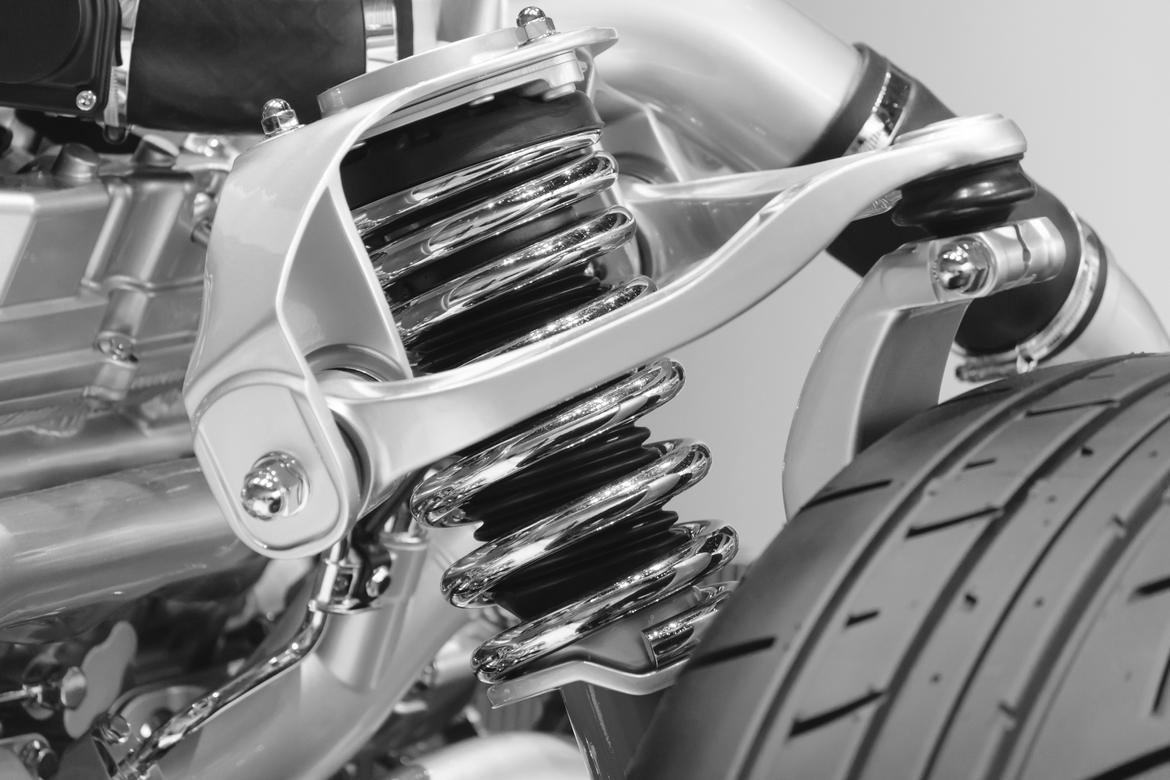


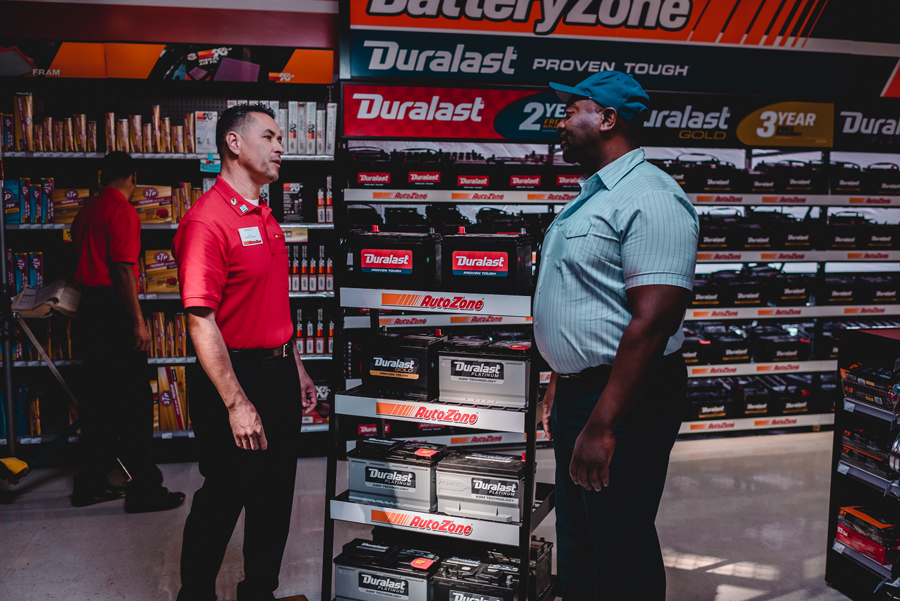


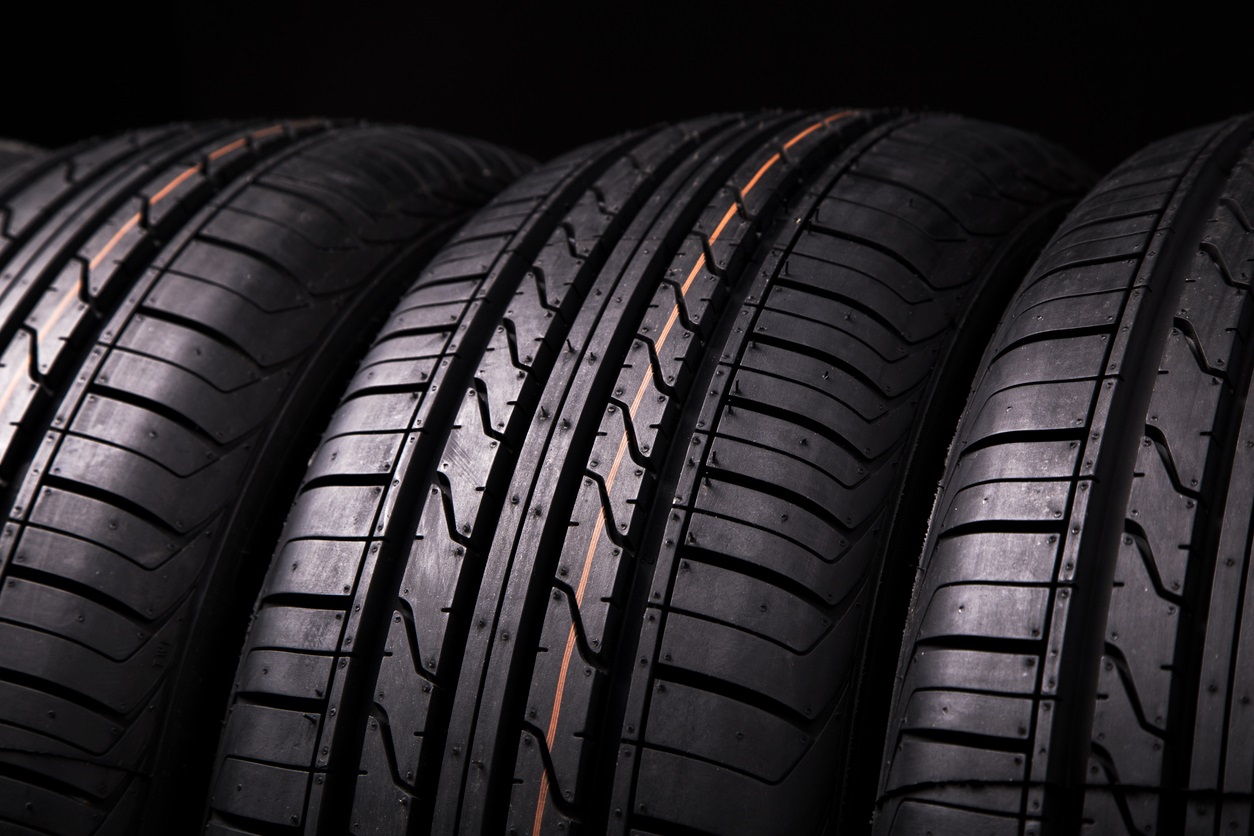




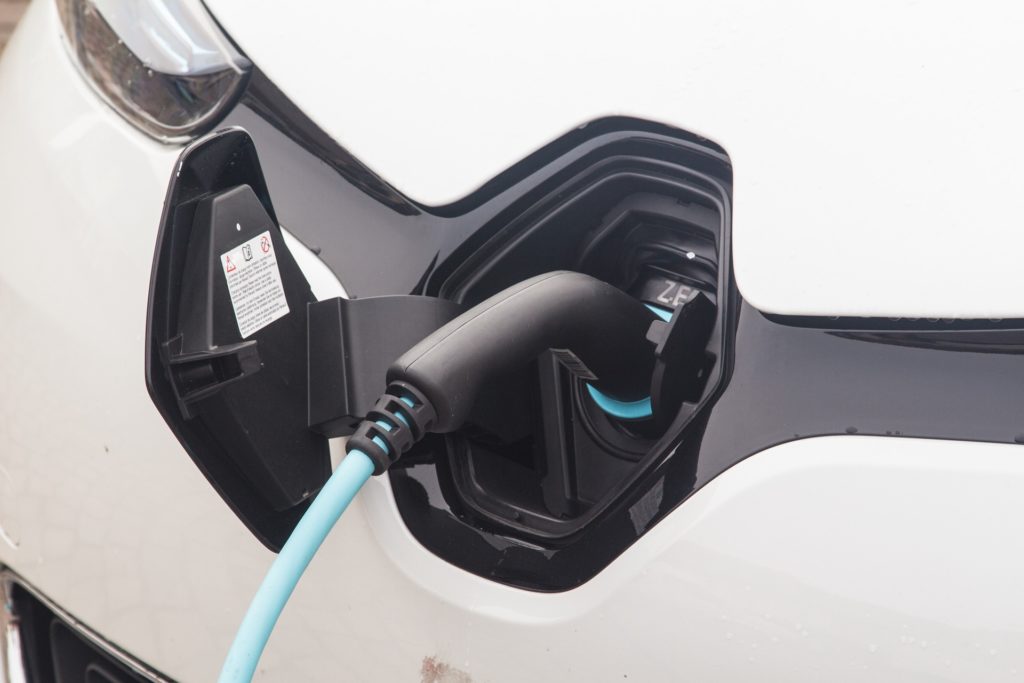
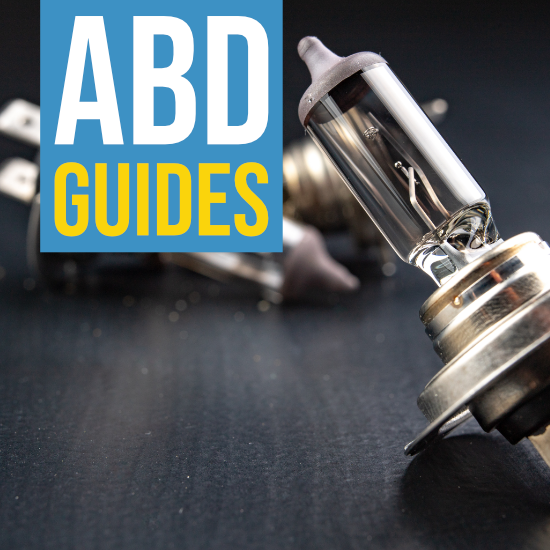


No comments:
Post a Comment
Note: Only a member of this blog may post a comment.